NATIONAL MUSEUM OF NATURAL HISTORY
Get to Know the Leading Ladies of Science at the Smithsonian
These women paved the way for female scientists at the Smithsonian’s National Museum of Natural History.
/https://tf-cmsv2-smithsonianmag-media.s3.amazonaws.com/blogging/featured/Erics_Art_Collage.jpg)
To celebrate International Women’s Day, Eric Liu—an intern at the Smithsonian’s National Museum of Natural History—combined art with science to create unique portraits of some of the Museum’s female curators from past and present. Liu blended images of the scientists with nature photography to show the women embraced by the things they study.
Liu said, “I created these portraits to shed light on the history of natural history by featuring pioneering, female scientists at the National Museum of Natural History. These women are trailblazers in their respective fields and leave legacies of excellence upon which natural history research flourishes today.”
Check out his stunning creations and meet the remarkable women below.
Dr. Kay Behrensmeyer
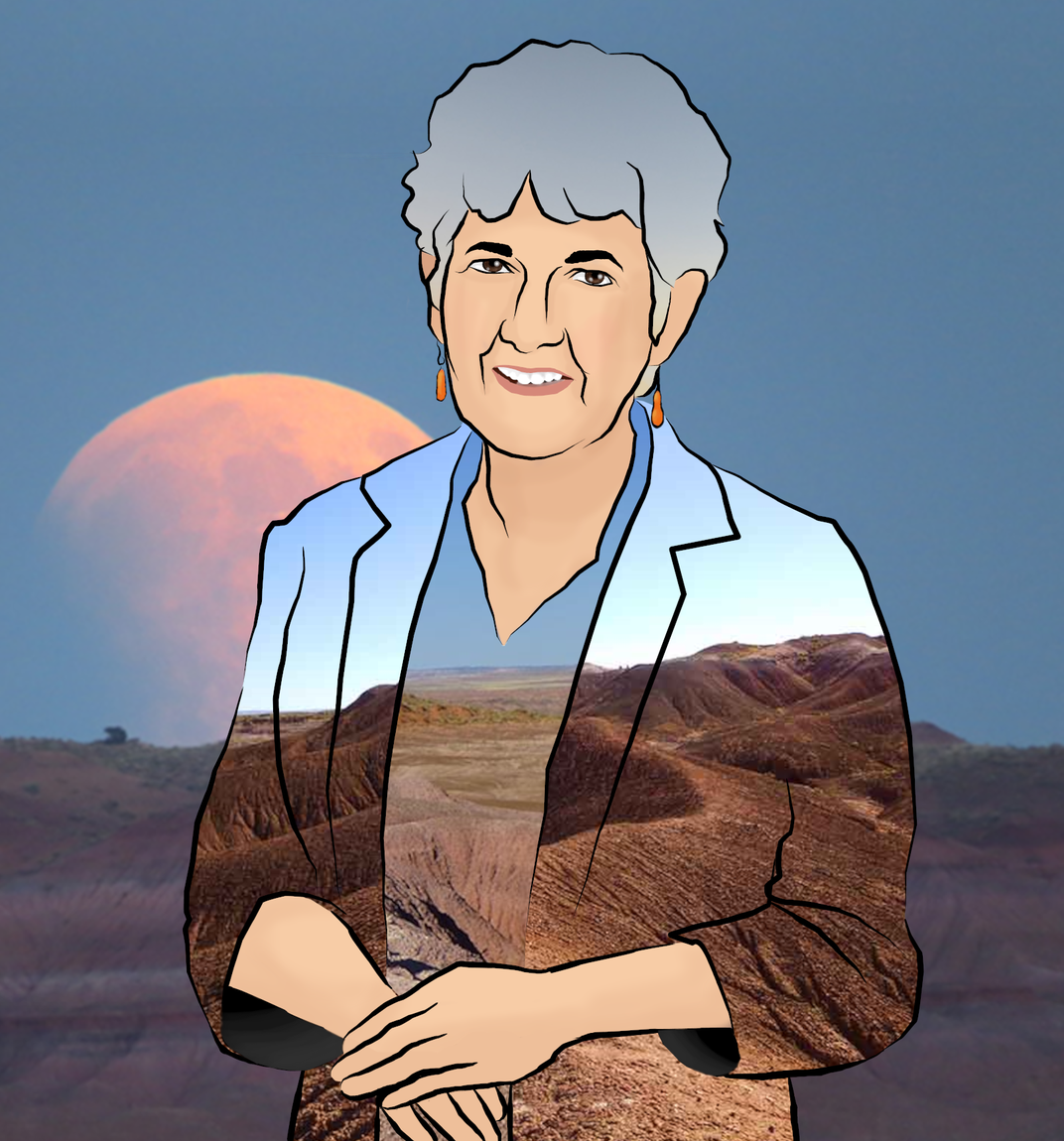
Kay Behrensmeyer is senior research geologist and curator of vertebrate paleontology at the National Museum of Natural History. Her research explores how organisms transition from the biosphere to the lithosphere, and how fossils and broader terrestrial ecosystems evolve over time. Behrensmeyer travels to field sites in North America, Eurasia and Africa and back in time as far as 252 million years. The Society of Vertebrate Paleontology and the Paleontological Society recognized Behrensmeyer’s contributions to paleontology by awarding her the Romer-Simpson Medal and Paleontological Society Medal respectively for lifetime achievement in the field. Behrensmeyer transformed the future of paleontology through her research and mentorship of countless students.
Dr. Adrienne Kaeppler
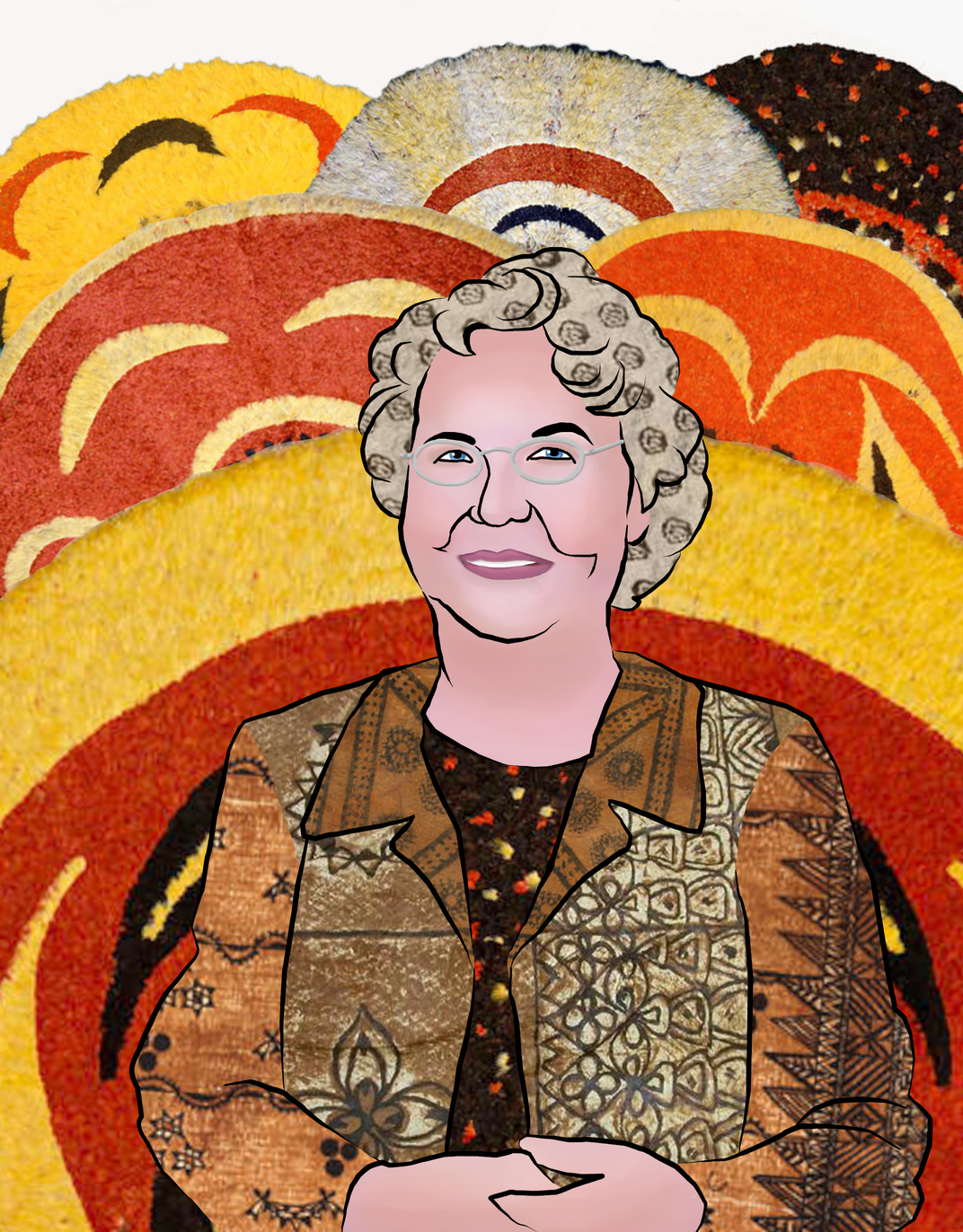
Adrienne Kaeppler, curator of oceanic ethnology in the National Museum of Natural History’s anthropology department. She studies the cultural materials within the Museum’s collection, including Hawaiian feather capes and barkcloth textiles, to shed light on the intangible knowledge imbued within material culture and relationships between performance and visual art and sociocultural structure. The Smithsonian awarded her the Secretary’s Distinguished Scholar Award for excellence in research.
Dr. Marian Pettibone
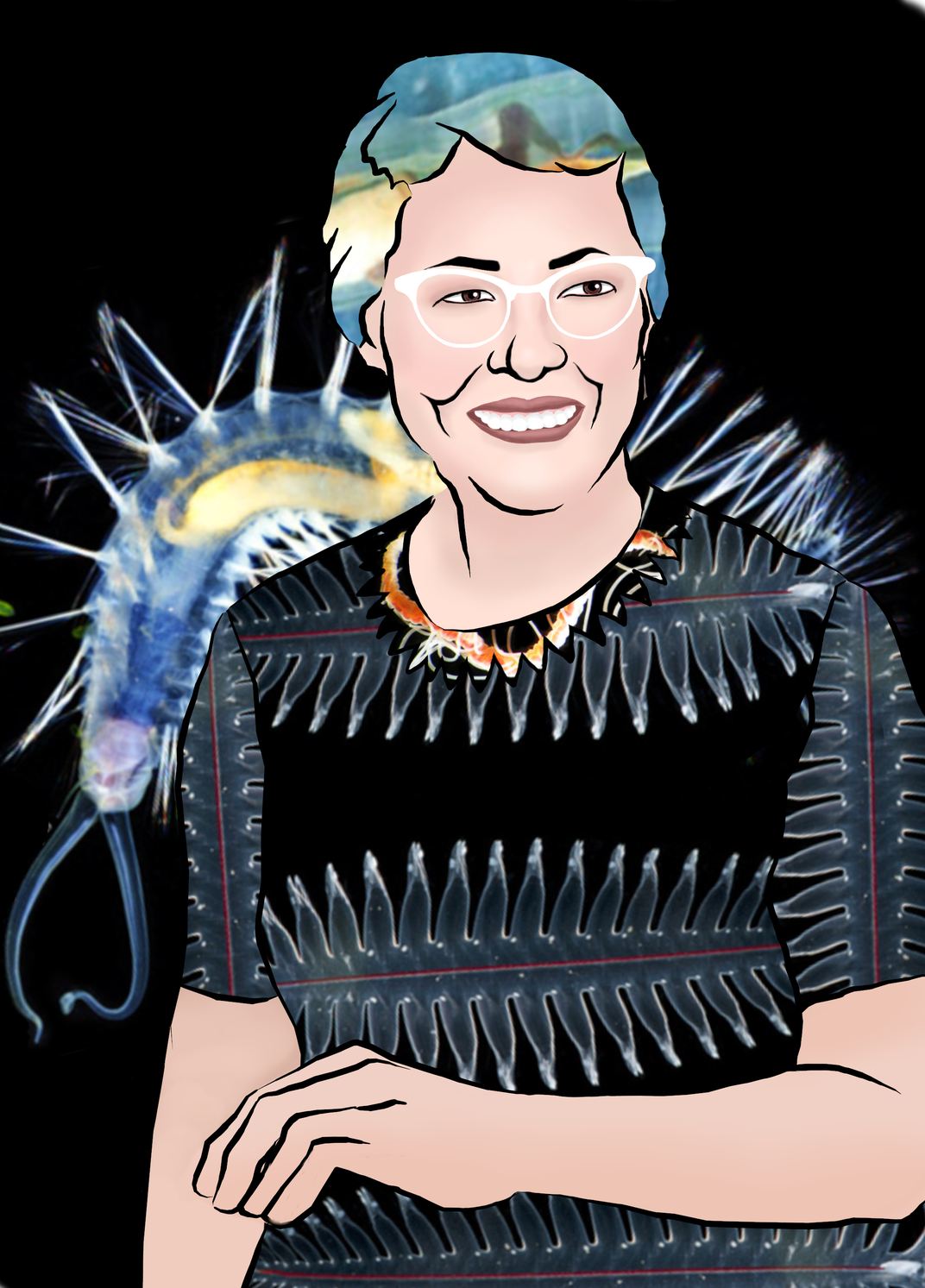
Marian Pettibone (1908-2003) joined the National Museum of Natural History in 1963 as the first curator for the Smithsonian’s polychaete collection. Under her leadership, the collection became an important data source for environmental impact research. Pettibone was an expert on polychaete worms. She studied their taxonomy in the waters off Alaska, Labrador and New England. In 1978, Pettibone retired but continued researching polychaetes as a curator emerita. 33 species and 3 genera are named in her honor.
Dr. Hannah Wood
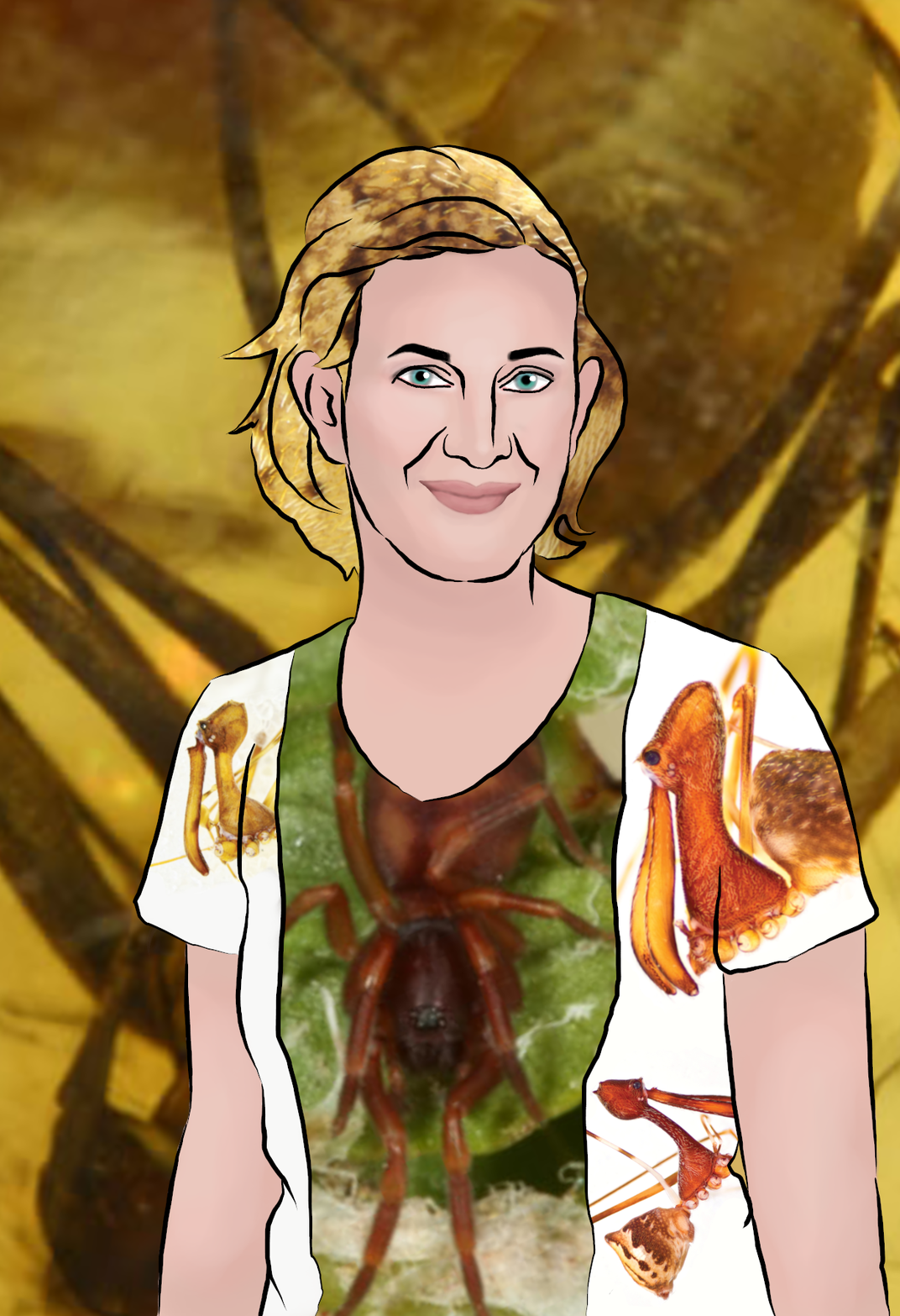
Hannah Wood is a research entomologist and curator of Arachnida and Myriapoda in the National Museum of Natural History’s entomology department. She researches the taxonomy, morphology and biogeography of palpimanoids, commonly known as assassin spiders. Wood travels to Madagascar, Chile and South Africa in search of spiders. Just last year, she identified 18 new species of pelican spiders, a type of palpimanoid spider, personally collecting several holotypes of these specimens for the U.S. National Entomological Collection at the Smithsonian.
Dr. Sorena Sorensen
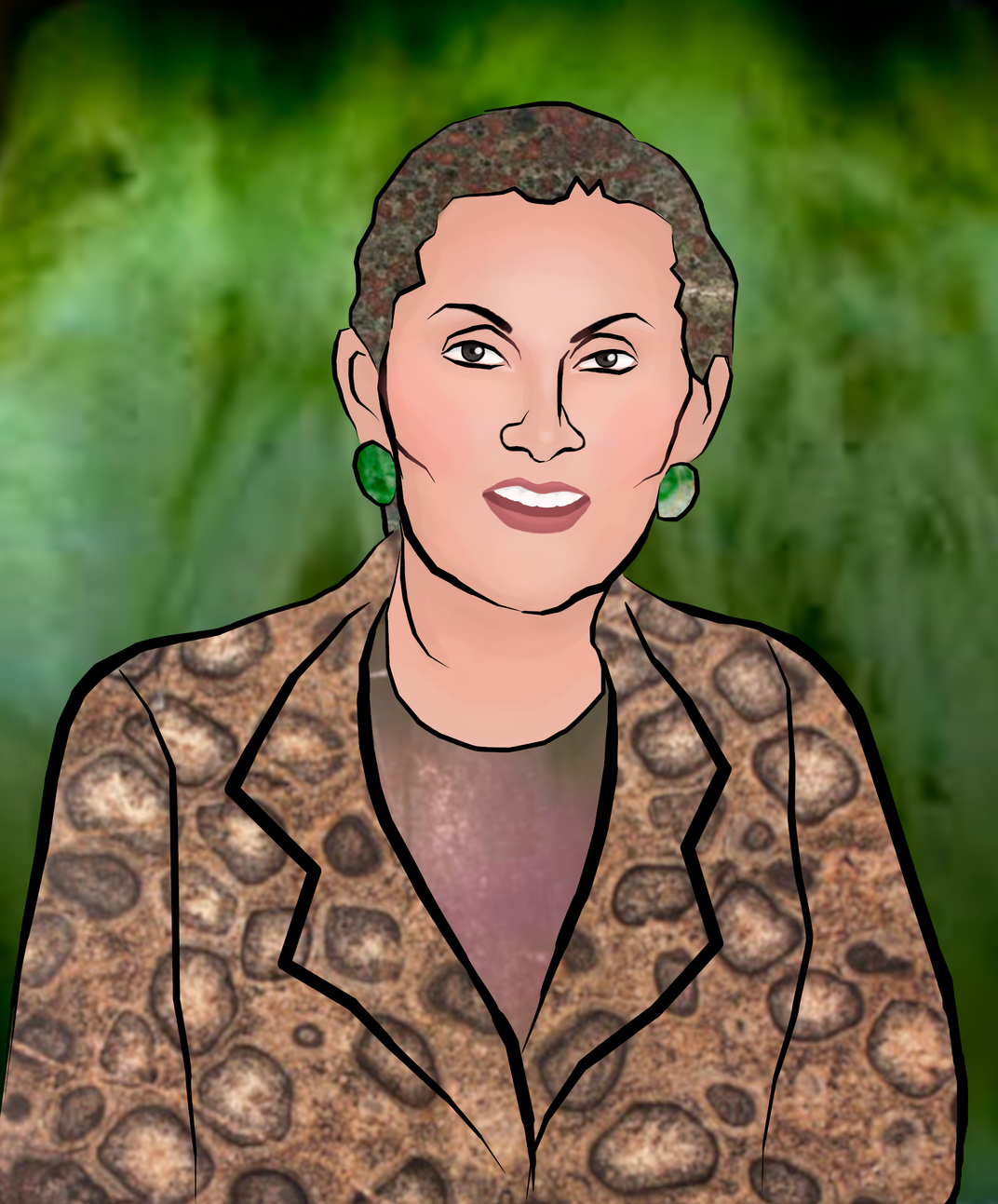
Sorena Sorensen is a curator emerita at the Smithsonian’s National Museum of Natural History. Sorensen joined the Museum in 1984, becoming Curator-In-Charge of the National Rock and Ore Collection in 1988. She studies the effects of fluids on rocks in the crust of convergent plate boundaries, using techniques like cathodoluminesence imaging and trace element determinations. She is also an expert on rare-earth-element-rich epidote minerals and jadeitite. Sorensen’s research takes her across the globe to field sites in the Dominican Republic, Venezuela, Burma and Guatemala.
Dr. Velva Rudd
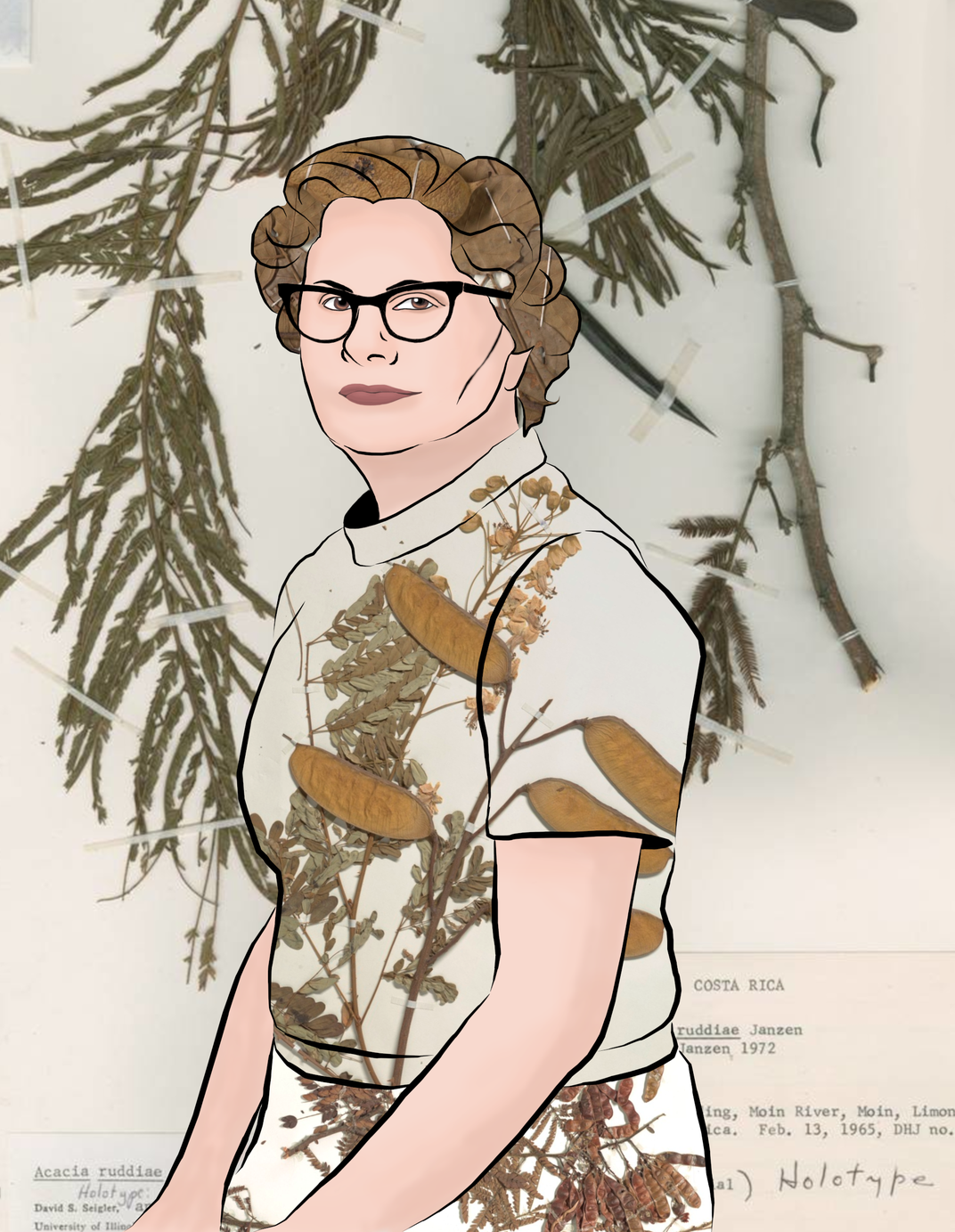
Velva Rudd (1910–1999) was a curator and botanist at the Smithsonian’s National Museum of Natural History. She specialized in tropical legumes and travelled to countries including Mexico, Costa Rica, Brazil, Venezuela and Sri Lanka for her research. Rudd began her career at the Museum as a technician and was promoted to Assistant Curator in 1948 and, ultimately, Curator in 1959. She retired from the Smithsonian in 1973 and continued her research at California State University, Northridge until her death in 1999. Over the course of her career, Rudd published more than 70 papers on legume taxonomy. Six legume species and the genus Ruddia are named in her honor.
Dr. Doris Cochran
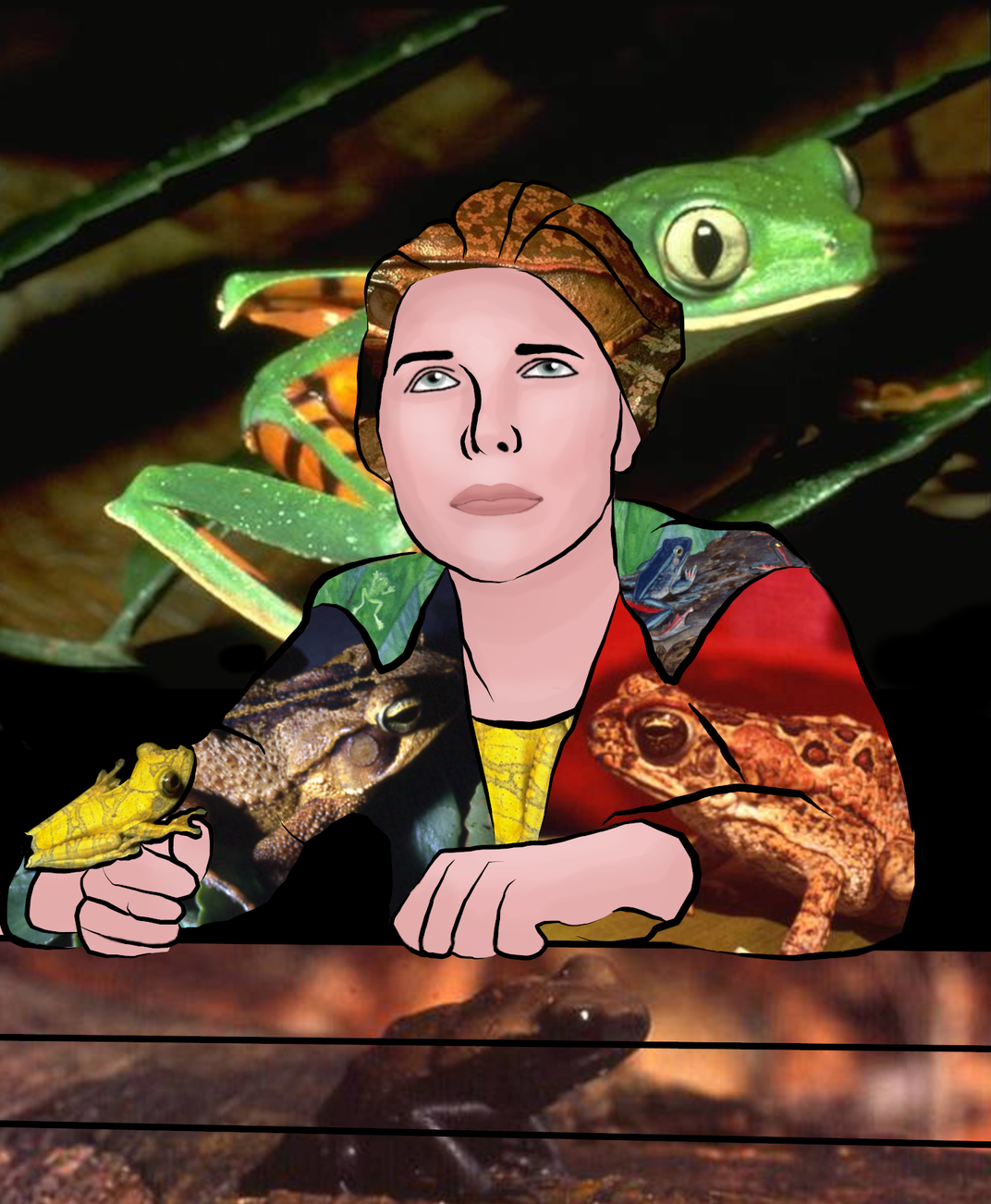
Doris Cochran (1898-1968) joined the National Museum of Natural History in 1919 as an aide, then became assistant curator in 1927, an associate curator in 1942 and curator in 1956. Over the course of her career, Cochran named nearly 100 new species and 6 new genera and published Seminole including Living Amphibians of the World (1961) which has been translated into six languages. Along with her passion for zoology, Cochran honed her talent for the visual arts, serving as a scientific illustrator for both her own research and her colleagues’ at the Smithsonian. Cochran’s collaborative nature, fearlessness and dedication to uncovering the secrets of the natural world continue to inspire scientists today.
Related stories:
Meet the People Leading the Fight Against Pandemics
Leading Scientists Convene to Chart 500M Years of Global Climate Change
Check Out These Unexpected Connections in Natural and Presidential History

